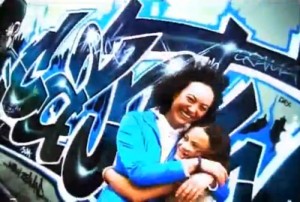 Much of the “What the Funk” video was filmed at the Aotearoa Hip Hop Summit. This was an annual event that took place in the late ’90s and early ’00s, a festival/symposium/general fun time that brought together New Zealand’s hip hop community.
Much of the “What the Funk” video was filmed at the Aotearoa Hip Hop Summit. This was an annual event that took place in the late ’90s and early ’00s, a festival/symposium/general fun time that brought together New Zealand’s hip hop community.
An feature of the event was the graffiti jam, where top graffiti artists from New Zealand and internationally did their best to walls of plywood. And that’s what director (and the man behind Dub Asylum) Peter McLennan has captured on Super 8.
It’s shot in an urgent style, with the camera rushing around the area, capturing the artists at work, adding final touches with cans or even brushes. It captures New Zealand’s graffiti art scene from the early ’90s, back when it was slowly becoming more mainstream.
The crowds are there too, busily checking out the works in progress. But the best spotting in the crowd is bFM’s ‘b’ mascot, who has been thoroughly tagged.
The song’s singer, Sandy Mill, is shown at a different location – performing in front of the old garage doors around the back of St Kevin’s Arcade. The building is covered with plenty of graffiti, so it fits right in with the rest of the video, though it’s less slick than the stuff on display down the hill at the summit.
Sandy is sometimes joined by a girl (her daughter, I assume) and the who have a happy hug-dance. And in a way that’s more compelling than all the top graffiti artists.
Best bit: the little kid who runs around a tarpaulin laid on on the ground, just because.
Director: Peter McLennan
Next… a harbour cruise.

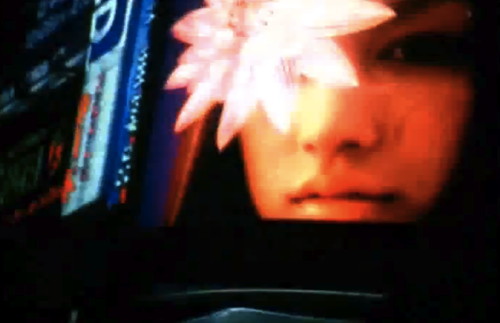
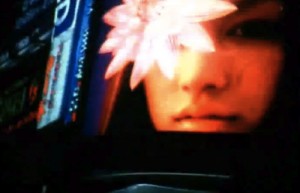 “R U Ready” is filmed Japan, shot by Mr Dub Asylum himself, Peter McLennan, on Super 8 film. This isn’t the first low budget video shot in Japan that we’ve seen. Indeed, previous NZOA-funded videos shot in the land of the rising sun have been
“R U Ready” is filmed Japan, shot by Mr Dub Asylum himself, Peter McLennan, on Super 8 film. This isn’t the first low budget video shot in Japan that we’ve seen. Indeed, previous NZOA-funded videos shot in the land of the rising sun have been 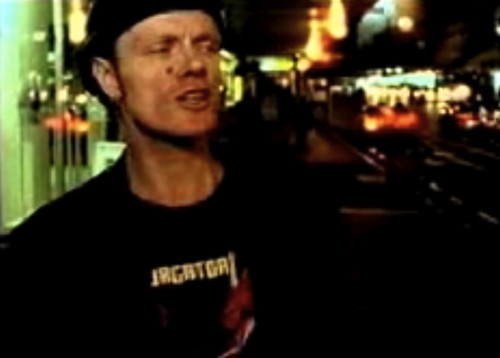
 The first track from the Tom Ludvigson and Trevor Reekie collaboration, with Bobbylon of the Hallelujah Picassos on vocals. The video starts with Bobbylon meandering along K Road at night. It’s a different K Road, where the Pascoes building had a Pascoes jewellery store in it, not a tattoo parlour.
The first track from the Tom Ludvigson and Trevor Reekie collaboration, with Bobbylon of the Hallelujah Picassos on vocals. The video starts with Bobbylon meandering along K Road at night. It’s a different K Road, where the Pascoes building had a Pascoes jewellery store in it, not a tattoo parlour.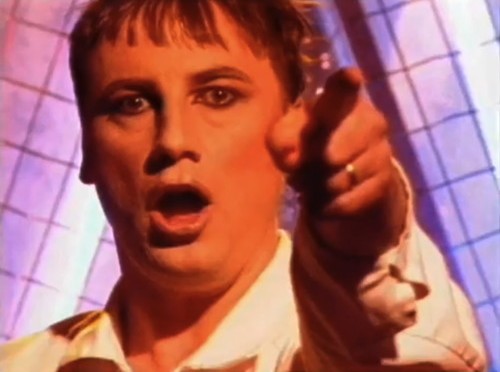
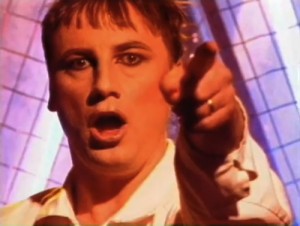 I’d been looking for a Dribbling Darts song from around 1994 called “Do What U Like”. It turns out I should have been looking for a Weather song from 1997 called “That’s the Main Thing”. The Weather is kind of a rejig of the Dribbling Darts, a Matthew Bannister project. The song is all about personal liberty (how American!) but done in a very groovy, laidback way – so laid back it took three years and a new band to get around to making the video?
I’d been looking for a Dribbling Darts song from around 1994 called “Do What U Like”. It turns out I should have been looking for a Weather song from 1997 called “That’s the Main Thing”. The Weather is kind of a rejig of the Dribbling Darts, a Matthew Bannister project. The song is all about personal liberty (how American!) but done in a very groovy, laidback way – so laid back it took three years and a new band to get around to making the video?
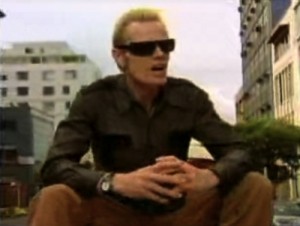 Trip to the Moon was a jazz project by Trevor Reekie and Tom Ludvigson. Bobbylon of the Hallelujah Picassos featured on their earlier song “I Can Change” and he returns for this track.
Trip to the Moon was a jazz project by Trevor Reekie and Tom Ludvigson. Bobbylon of the Hallelujah Picassos featured on their earlier song “I Can Change” and he returns for this track.